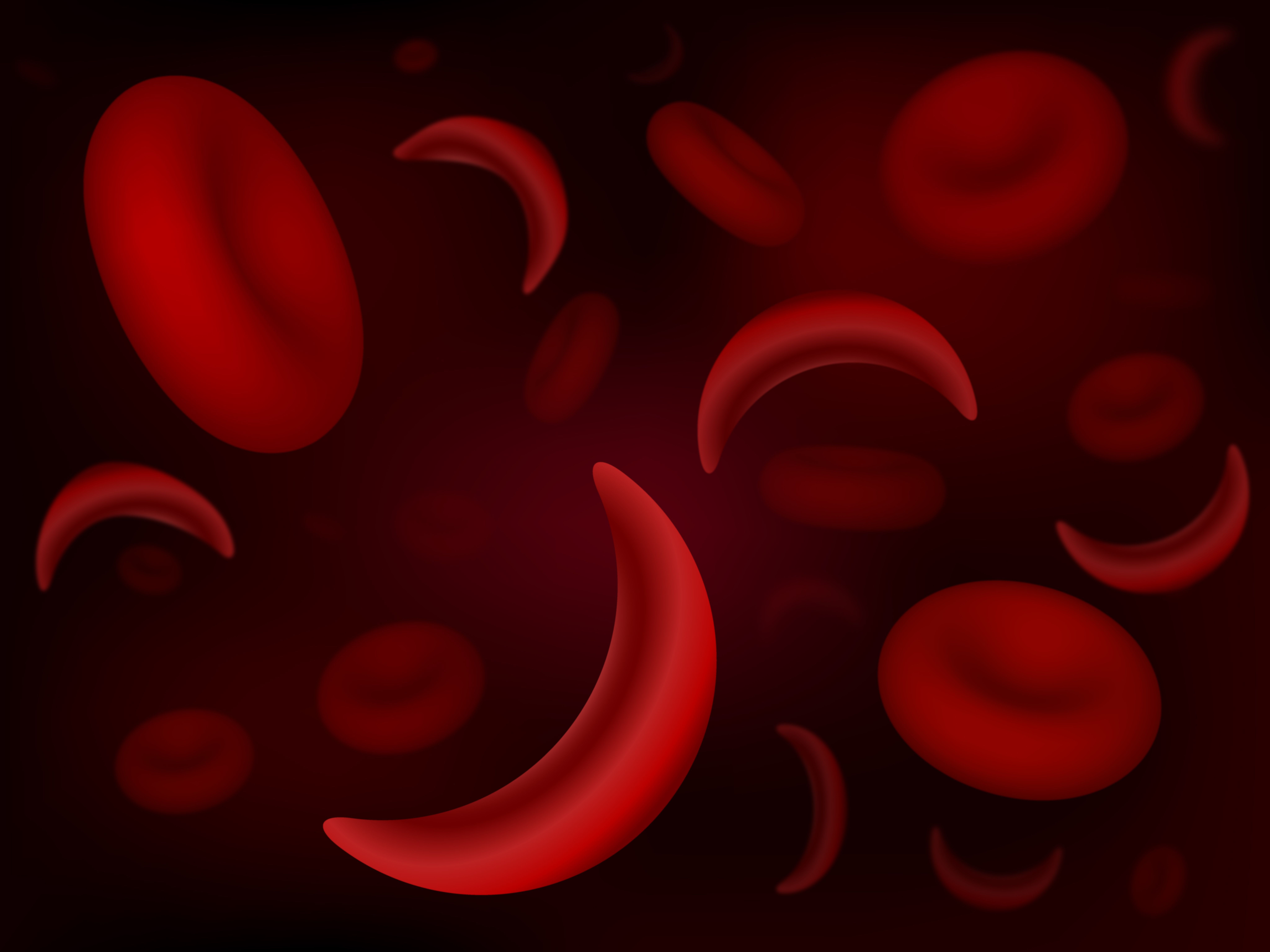- Center on Health Equity & Access
- Clinical
- Health Care Cost
- Health Care Delivery
- Insurance
- Policy
- Technology
- Value-Based Care
Mitapivat Effective, Safe in Treating SCD Through 1 Year
Durable mechanistic effects and a good safety profile were found in patients who took mitapivat for sickle cell disease (SCD).
Taking 2 doses of mitapivat daily was found to improve treatment of sickle cell disease (SCD) through improvements in hemolytic anemia and other red blood cell (RBC) parameters, according to a study published in Blood Advances. The 2 doses were of 100 mg each.
SCD is a disorder that affects millions of people around the world. The disorder affects RBCs and causes them to have shortened life spans, which leads to chronic hemolytic anemia and organ damage. Treatment for SCD is limited. New treatments, like mitapivat, are being developed to target the metabolism of RBC by activating pyruvate kinase (PK), which is an enzyme that maintains cellular homeostasis. This study aimed to report the safety and efficacy of mitapivat in a 1-year follow-up period.
This was a phase 2 single-center study of mitapivat. Patients were included if they were aged 16 years and older, were diagnosed with SCD, had previous vaso-occlusive events (VOEs) or complications related to SCD, and had a hemoglobin level between 4.0 g/dL and 11.1 g/dL. Acute pain events that needed contact with a health care provider and treatment were considered VOEs.
Sickle-cell and normal red blood cells | Image credit: extender_01 - stock.adobe.com

The first dosing of mitapivat started at 20 mg twice per day with the possibility of an increased dose to 50 mg or 100 mg twice per day. Patients continued with mitapivat in the extension period if they had effective results. Reduction of the dose was allowed. A safety follow-up visit was conducted for patients who received 1 or more doses and withdrew, discontinued, or interrupted their dosing. Safety was the primary endpoint of the study as well as efficacy of mitapivat measured by hemoglobin and anti-sickling response.
All patients received the medication for 8 weeks and had 7 planned visits for the 1-year follow up period. Compliance, adverse events, vital signs, other medications taken at the same time, and physical exams were paid specific attention. Safety tests were also done.
There were 10 patients enrolled between September 2020 and December 2021 and included in the final analysis, with 9 included in the fixed-dose extension period and intention-to-treat analysis. The patients had a median (range) age of 30 (16-59) years, 56% were female, and 67% were using hydroxyurea. The patients had a median of 1 (0-7) VOEs and 8 (0-42) days of hospitalization due to SCD. A total of 78% received 100 mg twice daily and the remaining participants received 50 mg twice daily.
All patients reported adverse events related to the treatment. Most patients reported alanine aminotransferase increase (70%), aspartate aminotransferase increase (60%), and headache (40%). There were 2 patients who had an adverse event of grade 3 or higher but they were not treatment related.
Primary and secondary endpoints had significant improvements in the intention-to-treat analysis. A response by hemoglobin was found in 56% of patients in the fixed-dose extension period, with the level increasing significantly (mean [SD] increase 1.1 [0.7] g/dL). No excessive response to hemoglobin occurred. Mean absolute reticulocyte count, total bilirubin, and lactate dyhydrogenase level, which are all markers of hemolysis, were reduced by 32%, 43%, and 18%, respectively.
Parameters for oxygen gradient ektacytometry saw improvement, including a mean decrease in point of sickling of 4.1 (5.6) mmHg, an Elmax increase of 0.028 (0.016), and an Elmin increase of 0.034 (0.024); these indicated an improvement in RBC deformability and reduced RBC sickling. A total of 50% of patients had anti-sickling responses and hemoglobin oxygen affinity was found as well. The mean VOE rate dropped from 1.33 (1.32) in the 2 years prior to treatment to 0.60 (0.78) during treatment in the fixed-dose extension period. All patients had improvements in markers of hemolysis regardless of the genotype of SCD and the use of hydroxyurea.
There were some limitations to this study. Efficacy endpoints were not evaluated for organ damage or mortality, even though the data were reported. The data for hospital admission days did not correct for exact time of admission or discharge. Health-related quality of life was not evaluated in this study. Efficacy endpoints also differed in each analysis.
PK activation could be a therapeutic option for patients with SCD based on the results of this study. Mitapivat was effective and safe to use for patients and displayed meaningful improvements in hemolytic anemia, RBC parameters, and rate of VOE per year.
Reference
van Dijk MJ, Rab MAE, van Oirschot BA, et al. One-year safety and efficacy of mitapivat in sickle cell disease: follow-up results of a phase 2, open-label study. Blood Adv. Published online November 7, 2023. doi:10.1182/bloodadvances.2023011477
HEDIS Glycemic Goal Achieved Using Control-IQ Technology
December 22nd 2025A greater proportion of patients with type 1 diabetes who used automated insulin delivery systems vs multiple daily injections achieved the Healthcare Effectiveness Data and Information Set (HEDIS) glycemic measure.
Read More
